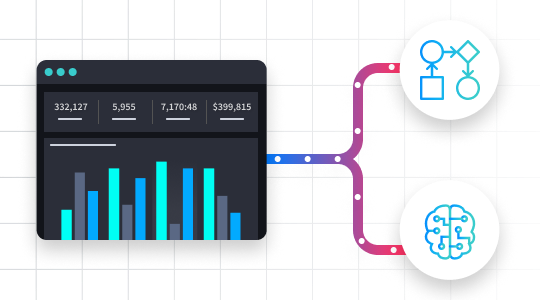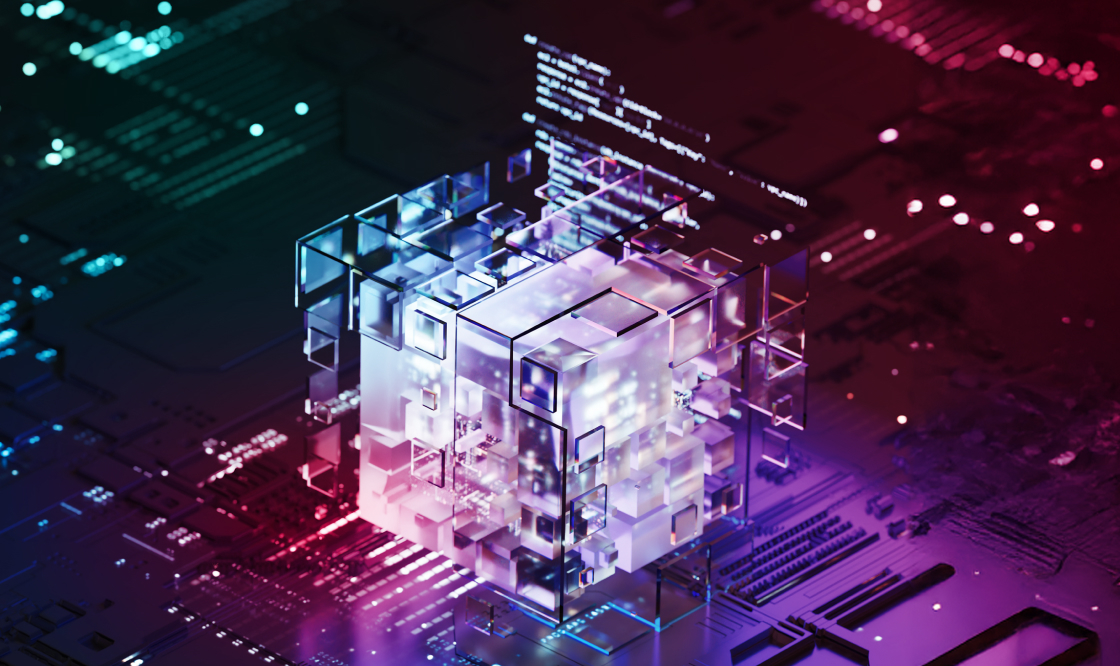What Is Hyperautomation in Cybersecurity? What It Means For Security Teams
Hyperautomation is the use of advanced technologies like artificial intelligence (AI), robotic process automation (RPA), and machine learning to automate complex business processes and workflows, improving efficiency and decision-making. It goes beyond simple task automation by integrating multiple automation tools to streamline end-to-end processes across organizations.
“Hyperautomation in Security” is listed on the 2023 Gartner Emerging Technologies and Trends Impact Radar. But is it just another buzzword? Let’s find out.
Businesses are always looking for ways to become more efficient, productive and profitable across every department – including security. The security operations center (SOC) must constantly keep pace with an ever-growing list of threats and alerts to triage.
Contrary to tech vendor hype, hyperautomation is not a new concept. Gartner first coined the term “hyperautomation” in 2019. But what is it exactly?
What is Hyperautomation?
Hyperautomation is the outcome of integrating multiple technologies to automate complex business processes. It involves combining Artificial Intelligence (AI), Machine Learning (ML), Robotic Process Automation (RPA), and other advanced technologies to automate tasks, improve productivity, and enhance customer experiences. Hyperautomation is not about replacing human workers with machines but creating a more efficient and effective workforce wherever possible.
Why is Hyperautomation Important?
Hyperautomation = a business-driven approach, not a single product.
Don’t be fooled by tech marketers, there is not a single product on the market today that can be independently considered a hyperautomation product. Instead, hyperautomation should be thought of as a business-driven approach to security orchestration. This approach is key to the success of using automation to extend automation beyond conventional SOC use cases, to other business units, or to work towards implementing Zero Trust.
How Hyperautomation Works
Hyperautomation in security is achieved when advanced security automation strategies combine different technologies to automate complex processes. It involves using AI and ML to analyze data, RPA to carry out routine tasks, and other technologies such as Natural Language Processing (NLP) to enhance the user experience. It is an outcome of having the right processes and technology in place. Hyperautomation is also the byproduct of the integration of multiple automation technologies to create a more comprehensive and flexible approach to automation.
To achieve hyperautomation, your automation platforms should be scalable and adaptable, which means that it can handle changes in business processes and volumes. It allows businesses to automate more complex processes that were once considered too difficult or time-consuming to automate using regular automation techniques.
8 Hyperautomation Benefits
Hyperautomation has several benefits for businesses:
- Improved efficiency and productivity: By automating routine tasks, human SOC analysts are allowed to focus on more complex tasks that require human skills, such as creativity and problem-solving.
- Reduced costs and improved ROI: By reducing errors and improving accuracy, hyperautomation can significantly decrease operational costs.
- Enhanced Accuracy: Hyperautomation reduces the likelihood of errors by standardizing processes, therefore improving the accuracy and quality of work, which ultimately leads to better customer experiences.
- Less Employee Burnout: By automating routine tasks, employees can engage in more meaningful work, thus improving job satisfaction.
- Enhanced Compliance: Hyperautomation ensures processes are performed in compliance with regulations, reducing risks of non-compliance.
- Faster Processing: Automation accelerates business and SOC processes, enabling quicker decision-making and incident response times.
- Better Customer Experience: Accelerates response times and service delivery and improves customer satisfaction through consistent and timely interactions.
- Enables Faster Innovation: Fosters a culture of continuous improvement and innovation and rapid deployment of new technologies and solutions.
Hyperautomation Use Cases
With AI-enhanced security automation, organizations can automate anything to achieve all of their business goals. Here is a small list of use cases:
- Fraud Prevention: Utilize hyperautomation to detect, analyze, and respond to fraudulent activities more effectively.
- Incident Response: Enhance incident response capabilities by automating the detection, analysis, and remediation processes.
- Threat Intelligence: Automate the gathering, processing, and analysis of threat intelligence to improve the speed and accuracy of threat detection.
- Phishing: Improve incident response times and build automated workflows to block phishing attempts and filter false positives automatically.
- SIEM Triage: Reduce errors, false positives, and save 14 minutes per alert by using automation to sift through the SIEM.
- Threat Hunting: Improve hunting capabilities and response, while effectively protecting the organization from attacks.
Find the Best Hyperautomation Platform with Swimlane
The advent of security automation has revolutionized the way we work, with machines and software performing tasks that were once the sole domain of humans. However, legacy orchestration and automation tools are not enough in today’s business landscape.
Implementing a solution like Swimlane Turbine will enhance any organization’s security operations. Turbine can execute 25 million actions per day for a single customer, 10 times faster than any other platform, provider or technology. Turbine is built with the future of SecOps in mind. The only security automation platform that will adapt to an evolving environment and exceed the pace of change that modern SOC teams know too well.
Check out Swimlane Turbine today by requesting a demo.
TLDR:Hyperautomation
Hyperautomation combines AI, RPA, and machine learning to automate complex business processes, driving efficiency and reducing human error. By integrating various automation tools, organizations can streamline operations, enhance decision-making, and accelerate digital transformation across departments. Key benefits include improved productivity, reduced costs, and better compliance, making hyperautomation essential for businesses looking to stay competitive in today’s fast-paced market.
Hyperautomation FAQs
What are Hyperautomation Solutions?
Hyperautomation solutions refer to the comprehensive suite of technologies designed to automate complex business processes. These solutions combine AI, RPA, machine learning, and other advanced tools to streamline workflows, enhance decision-making, and boost overall efficiency across an organization.
How Does Hyperautomation RPA Work?
RPA automates repetitive tasks by using software robots to perform manual, rule-based processes. In a hyperautomation framework, RPA is integrated with other technologies like AI and machine learning, allowing it to tackle more complex, data-driven tasks and improve business operations beyond simple task automation.
What Role Does AI Play in Hyperautomation?
AI plays a pivotal role in hyperautomation by enabling intelligent decision-making within automated workflows. It allows systems to learn from data, adapt to changing environments, and handle tasks that require human-like judgment. AI enhances RPA and other automation tools, making them smarter and more capable of handling complex processes, such as customer service or data analysis.
What Is the Difference Between Hyperautomation and Intelligent Automation?
While both hyperautomation and intelligent automation aim to automate processes, the main difference lies in their scope and complexity. Hyperautomation encompasses a broader range of automation technologies, including AI, RPA, and machine learning, to automate entire workflows across an organization. Intelligent automation, on the other hand, specifically focuses on using AI to make automation more adaptive and capable of handling complex decision-making, often involving cognitive tasks.

Swimlane Turbine Demo
See how Swimlane Turbine can help you and your SecOps team hyperautomate by requesting a demo below


